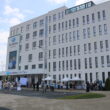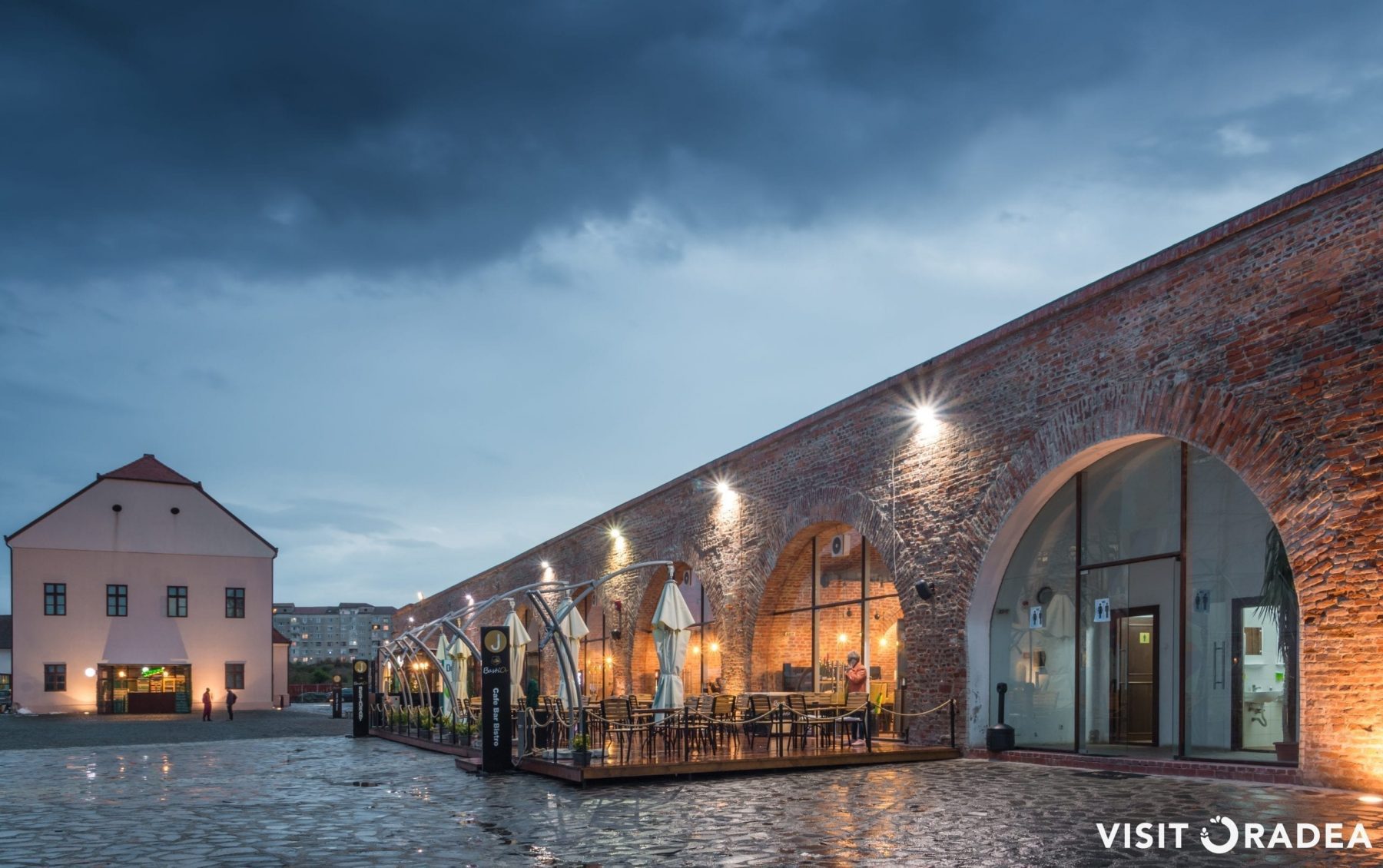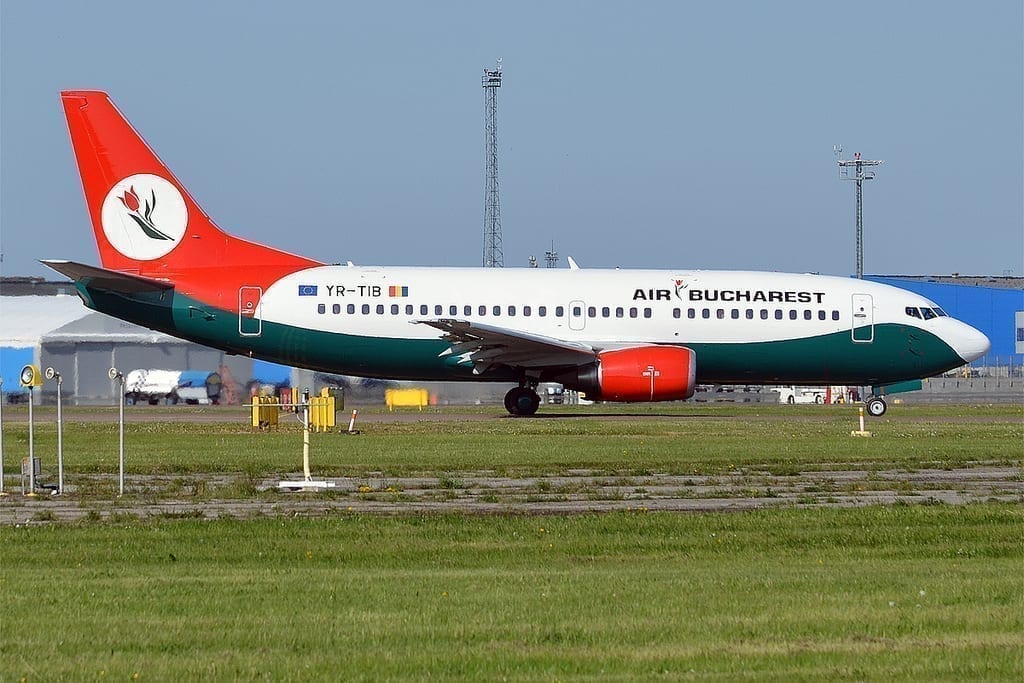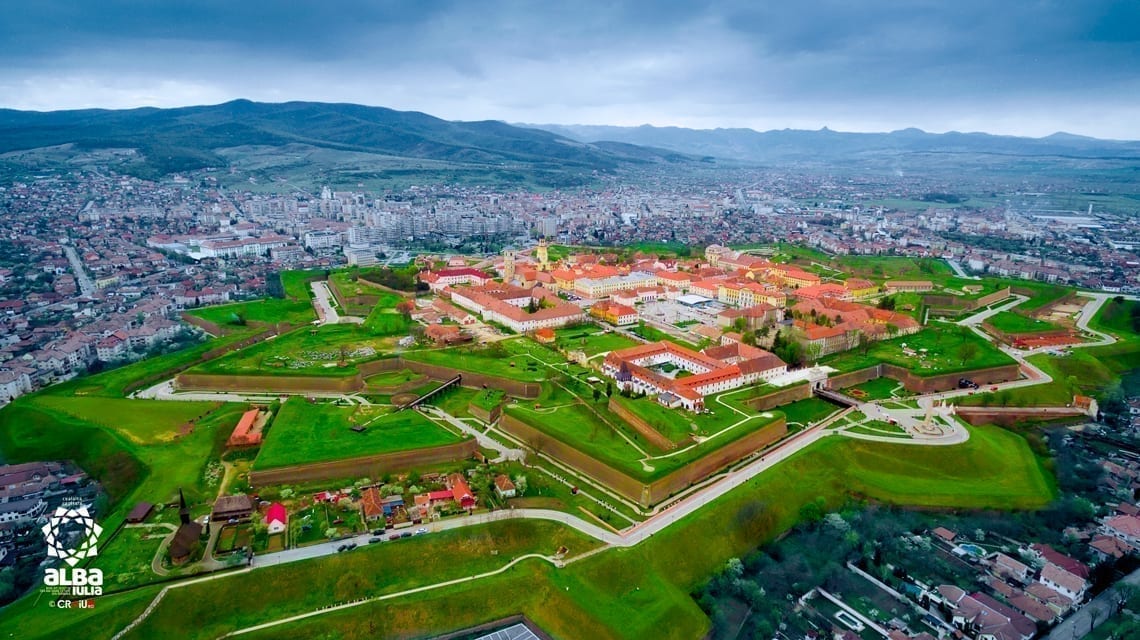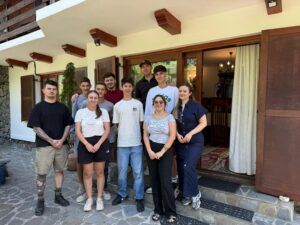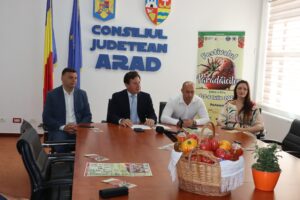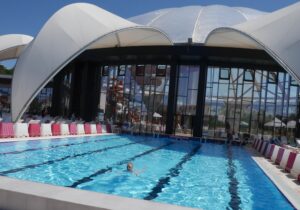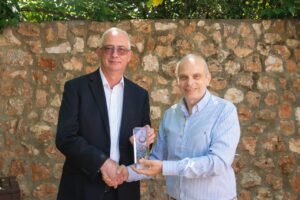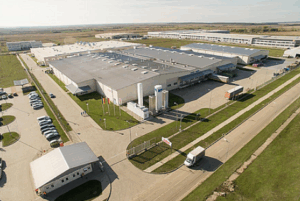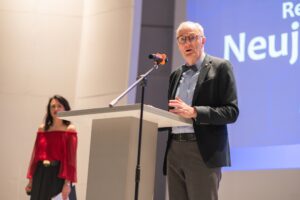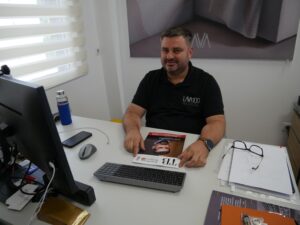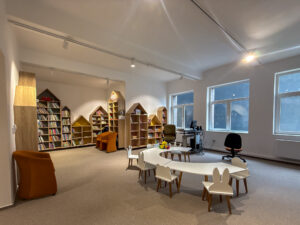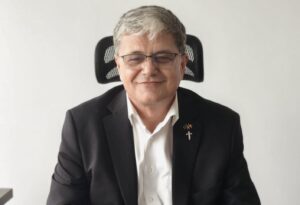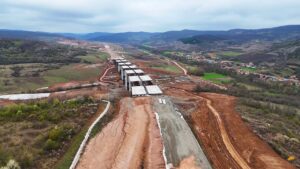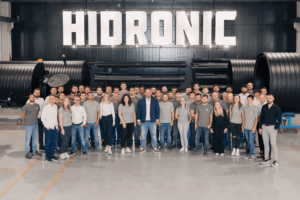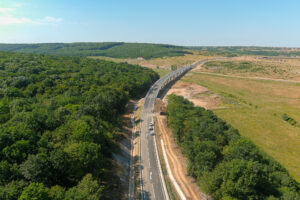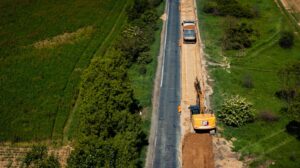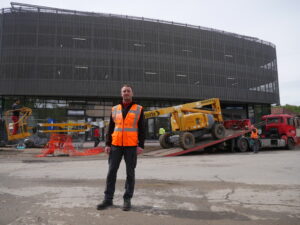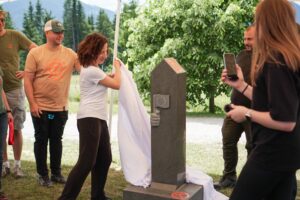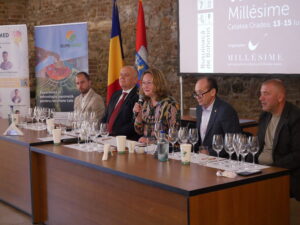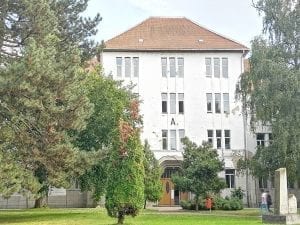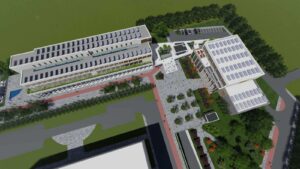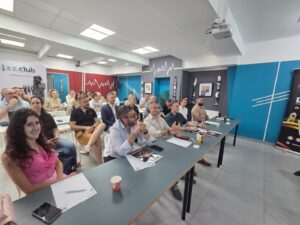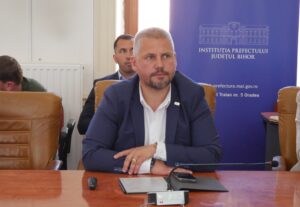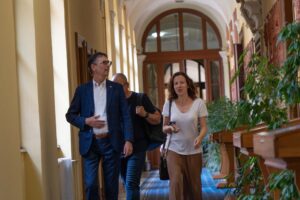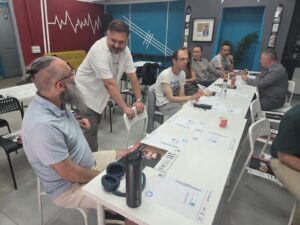In the Oradea Municipality’s central area, one discovers story after story about how it transformed from an architectural space impregnated by communist interventions into one that is colorful, joyous, harmonious and friendly, with an impressive architecture, highlighted through both public and private efforts. However, the tone was set by the city hall.
Oradea belongs to the Art Nouveau network of cities, alongside Barcelona, Budapest, Glasgow and other well-known European capitals, owing to a heritage highlighted in recent years following several local projects or those with European funding. Unirii Square, once divided into two boulevards with 3 streetlights on 500 linear meters, has become a pedestrian zone, and the public heritage buildings have relinquished their gray robes under the tools of the skillful restaurateurs. The Palace and the Vulturul Negru (Black Eagle) passage, one of the area’s attractions, reminds us of Milan, and for tourists, beyond visual enjoyment, from Friday until Sunday, the space vibrates with fun. This side’s other pillar is the Orthodox Moon Church, another touristic objective which was restored and is recommended by any guide.
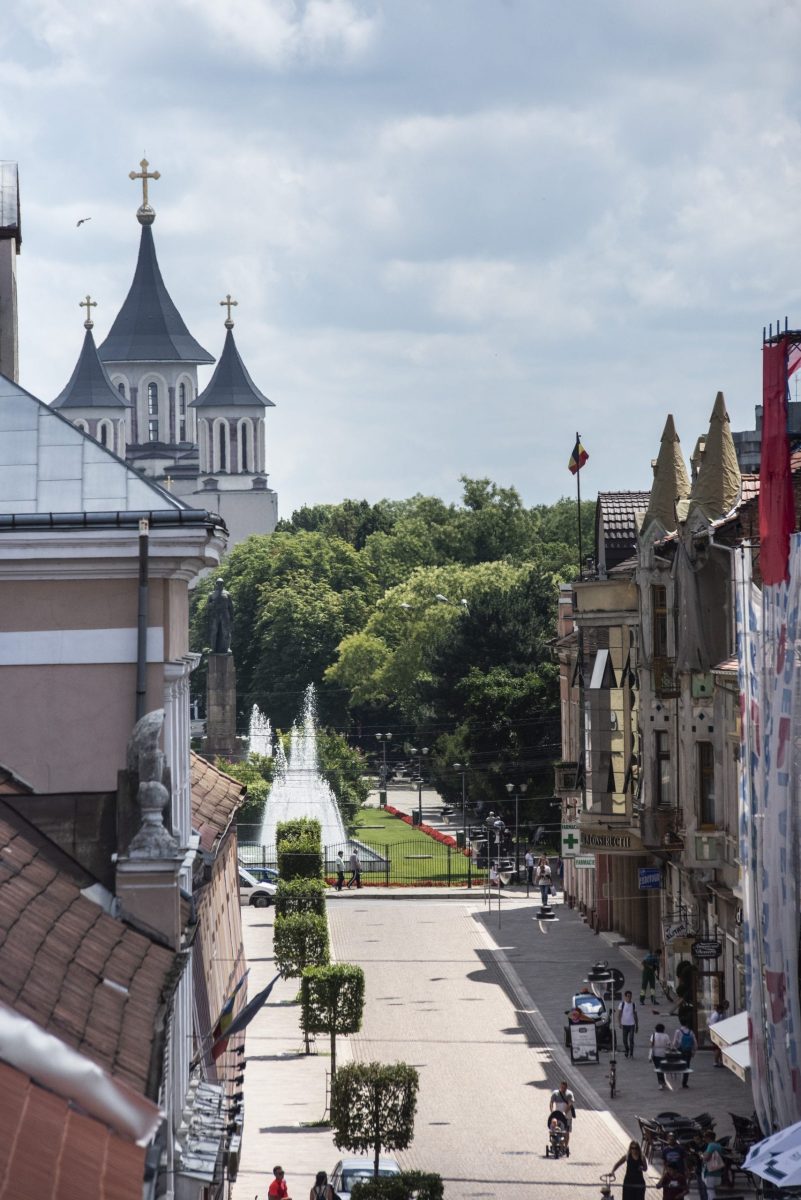
The over 5 million euros project from European funds, was completed in 2015, however it will be continued until the pedestrian lane will go from Republicii, passing through Ferdinand Square to the University.
The Unirii Square Palaces

Some of the most representative palaces in the city of Oradea are found to this day in the public square, Unirii Square.
The square presents, through the buildings it marks, several architectural styles, that blends cultural, administrative and ecumenic functions, within a unique multi-ethnic cohabitation.
The Vulturul Negru (Black Eagle) Palace, a symbol of the city for more than 100 years, has been the cultural center of the early 20th century, being the architectural emblem of a thriving era. It is the most important historical monument for Oradea’s secession architecture.
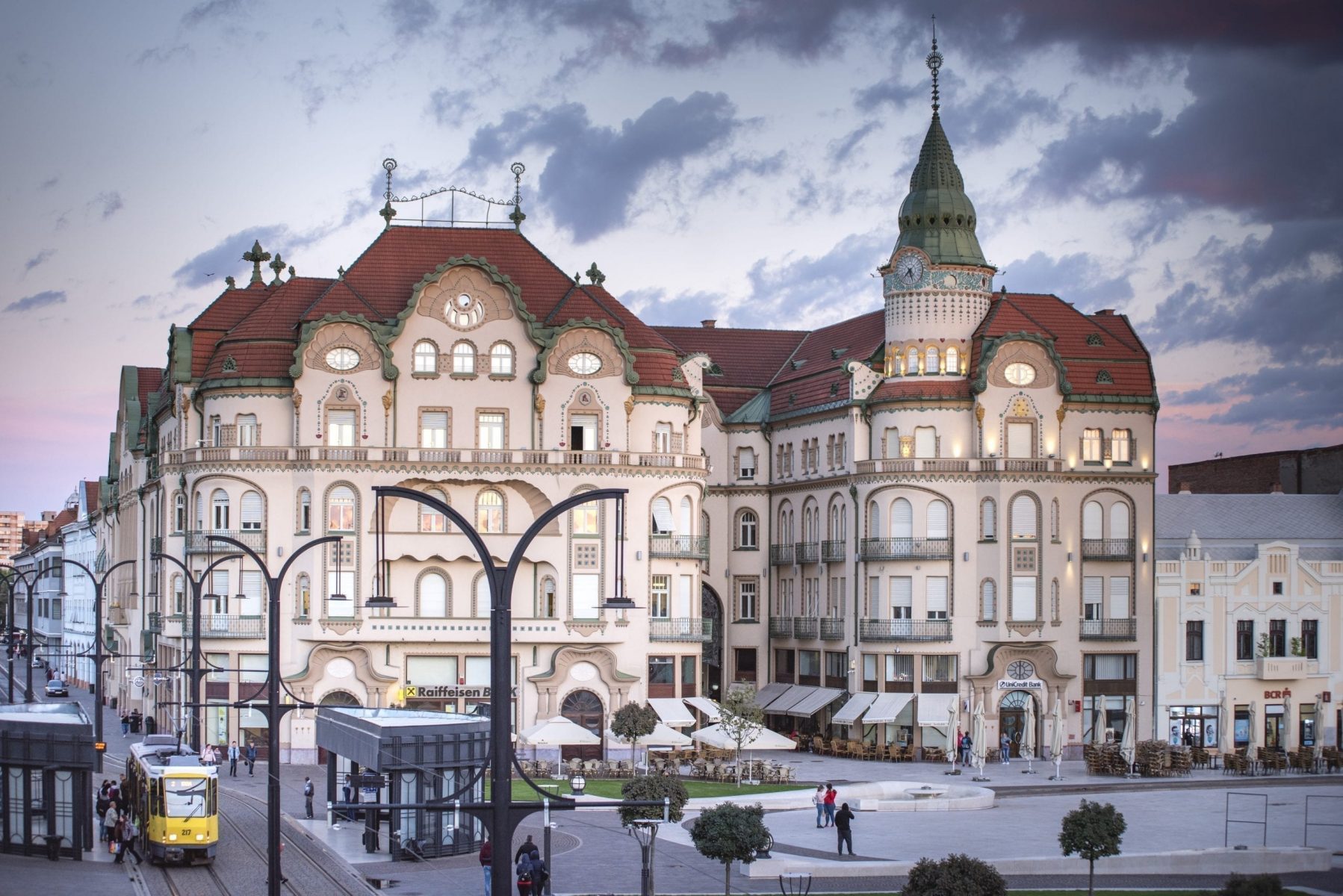
The Oradea Municipality City Hall Palace was built in an eclectic style, between 1901-1904, after a project by architect Kálmán Rimanóczy jr. It must be stated that the edifice which hosts the local administration is among the city’s few buildings that has maintained its initial destination. Here one can climb in the Oradea City Hall tower and admire the city from above.

The Greek-Catholic Bishopric Palace was built between 1903-1905 by architect Kálmán Rimanóczy jr. The architectural and decorative solutions which the architect opted for are from the eclectic style repertoire, very spectacular, so that in 1905 the building offered Oradea’s citizens a genuine demonstration of art by finely combining various historical styles, from Neo-Romantic, to Neo-Byzantine, to 1900 Art accents.
The Neo-Classic style is present in the Kovács House – a civilian building constructed at the beginning of the 19th century, property which received its current appearance in 1836. What determined including the building in the classicist style, was its semi-circular canopy that covers the main entrance passage.
The Moskovits Adolf and Sons Palace is a masterpiece by László and József Vágó, two Oradea-born architects. József Vágó began his activity working for the Secessionist architect Ödön Lechner, whose influence can be observed in the buildings he designed in Oradea.
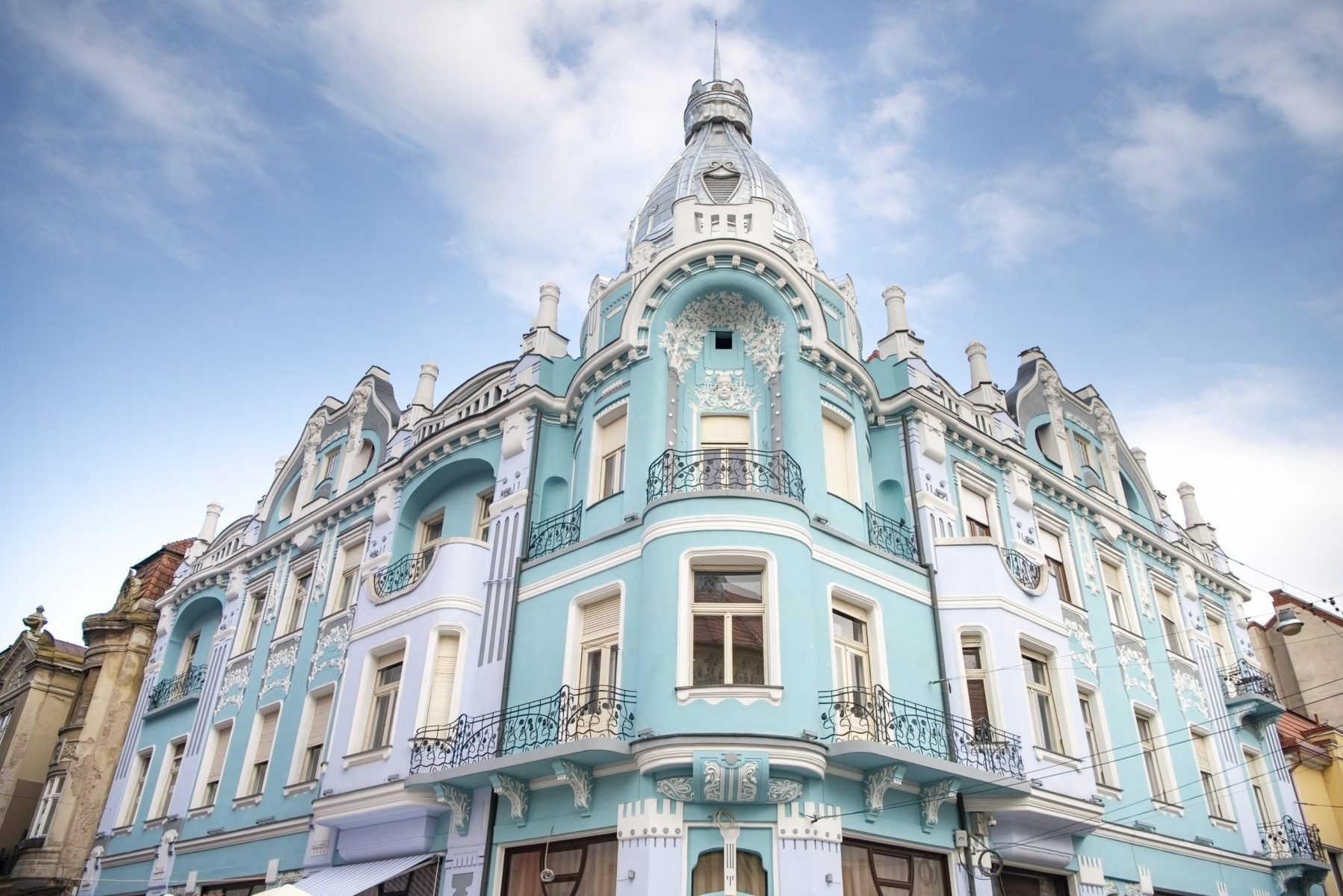
The Vasile Alecsandri Street
In the 18th century, the houses on Vasile Alecsandri street were one-storied or with one floor and hosted many shops. Gradually, these houses were demolished, and their place was taken by buildings constructed with a modern conception.
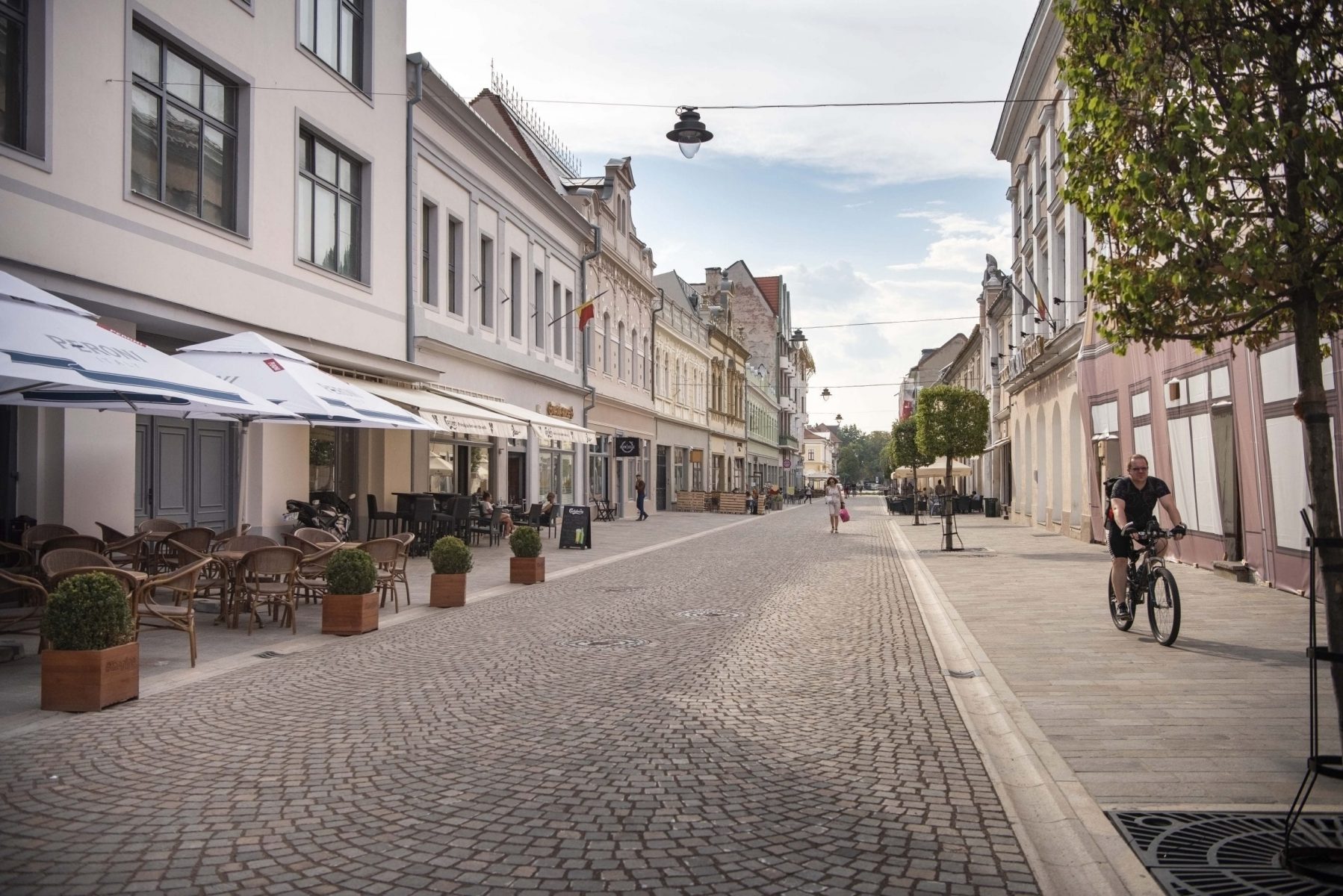
The street’s oldest building is the Arborele Verde (The Green Tree) Inn, dating from 1760, and over time it was rebuilt several times. Today it serves for the Arcadia Theater.
The street corner on the Unirii Square side was occupied by The House of Nikolits and the Diamandi House (1882), locations later assumed by the Moscovits Adolf and Sons Palace (1910).
Other representative buildings in the area are the Roth House which belonged to merchant Henric Roth, the Munk House at number 7, with a replica on Gen. Traian Moșoiu Street, the two houses had a common yard, the Rendes Vilmos House at number 9, taking the name of its architect and at the same time owner, the Amant House at number 13, built in a Classicist style.
The Oradea Citadel – An Architectural and Religious Symbol

The Oradea citadel is enveloped in Christian legends weaved around King Ladislaus the Saint. The citadel’s origin and notoriety, as a permanent resting place for the great Christian king, have attracted pilgrims from all over Europe. Inside the citadel, in the 1342-1370 interval, a gothic cathedral of impressive dimensions, approximatively 72 meters in length, has been built. Around the Renaissance citadel there used to be a canal filled with thermal water that never froze. Nobody was able to conquer the citadel until the way of emptying the water in the citadel’s canals was revealed. Medieval Turkish historians have recorded the Turkish army’s assiduous efforts to conquer the Oradea Citadel in 1660. All their attempts were bound to fail as long as the protective canal around the citadel was filled with water. 45,000 Turkish soldiers fought with 850 citadel defenders and could only conquer it after they found out, following an act of treason, how to evacuate the water from the protective canal. Today, the citadel’s canal, appropriately fixed, has become one of Oradea’s most beautiful promenade spaces.
The Oradea Citadel was in full reconstruction after plans executed by historians and architects. In the fall of 2015, the citadel was opened to the public for visiting. It has become a symbol of the reborn city, which enchants everybody who visits it.
The Nymphaea Aquapark – Wellness & Fun
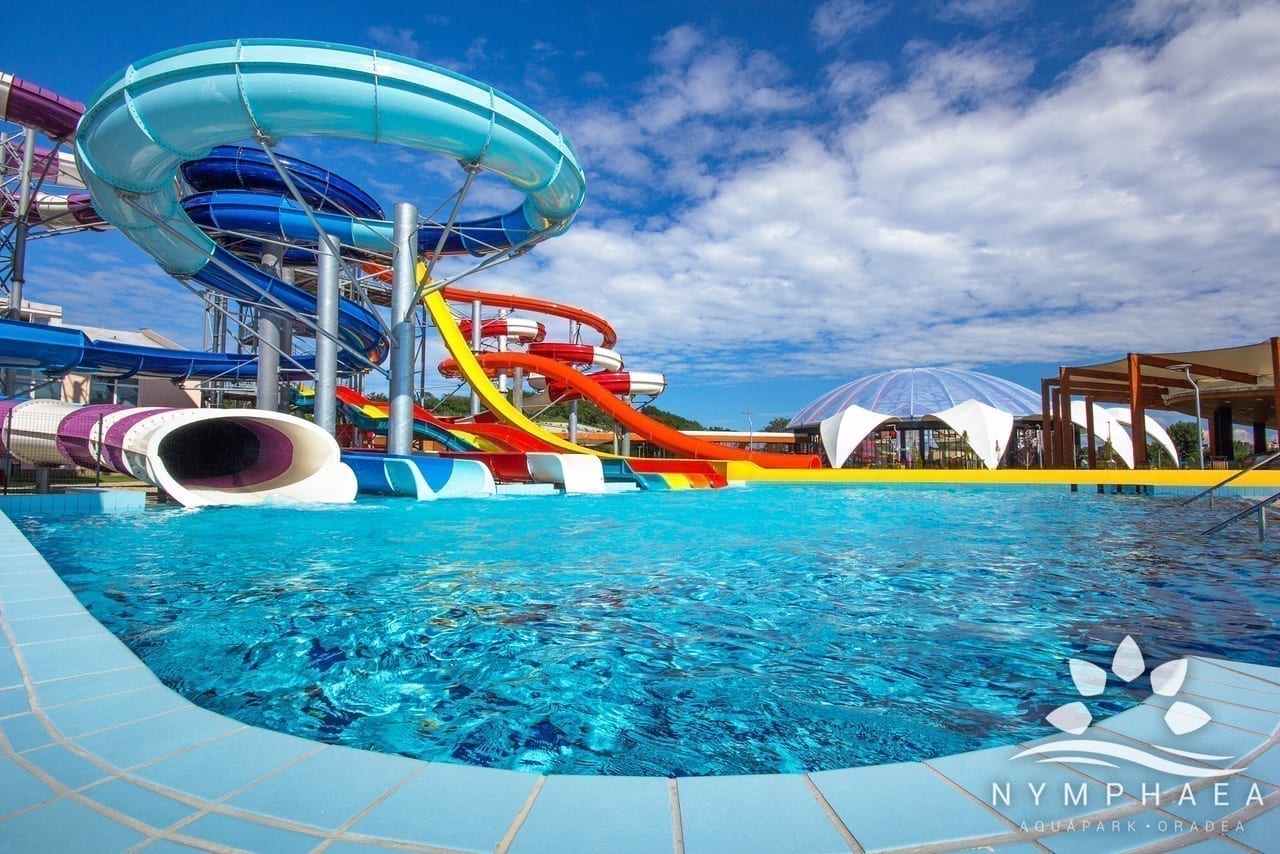
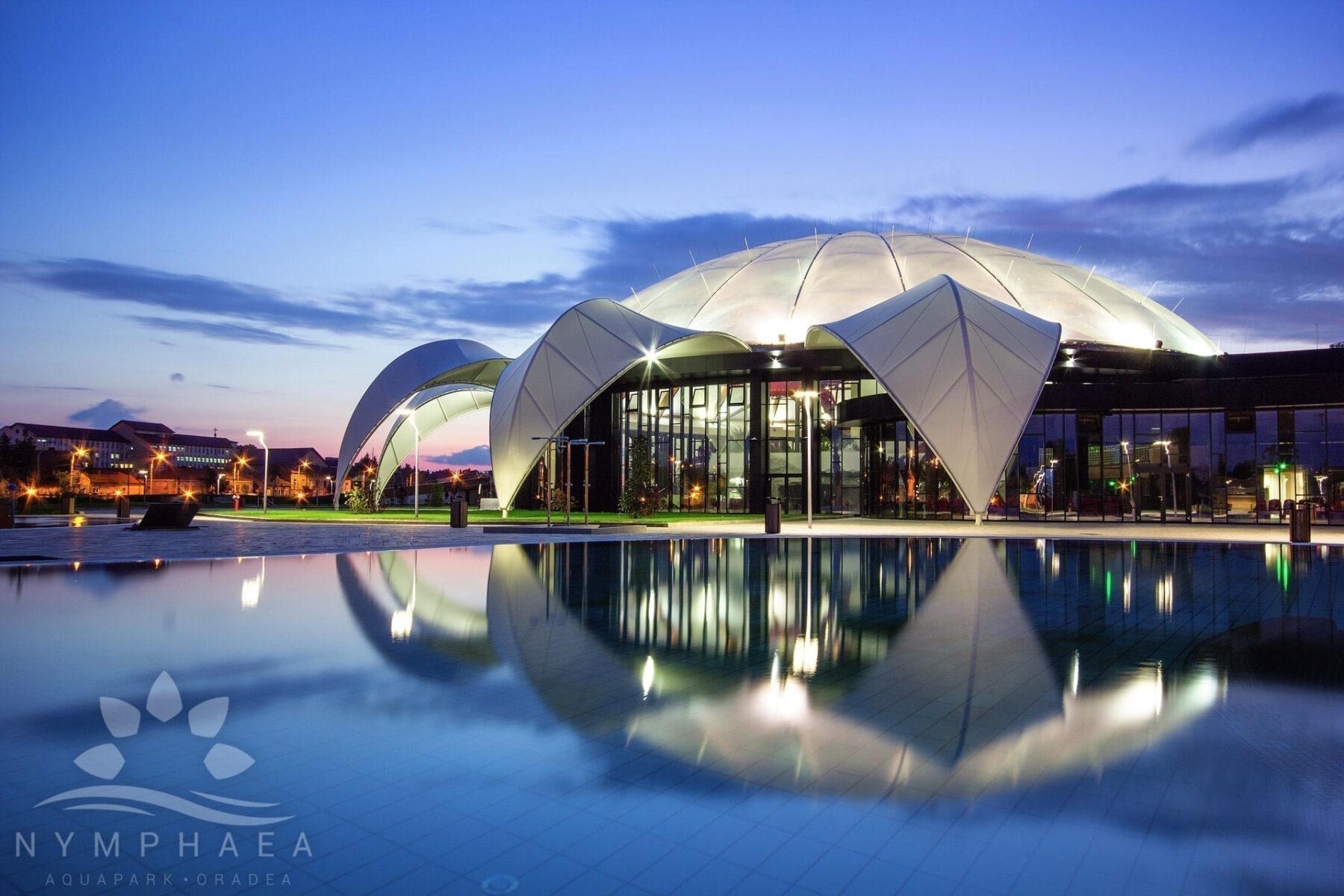
Fun and relaxation perfectly blend in the largest, newest and most modern aquapark in Transylvania. Oradea’s thermal curative tourism attracts more visitors every year. The Nymphaea Complex comes to support them with six building structures stretched on 7 hectares, 15 interior and exterior pools and 10 slides, athletic and entertainment facilities. Whether you are looking for a place for regeneration, entertainment, or you wish to relax with your family, the Nymphaea Complex is exactly what you are looking for. It is equipped with exterior pools, ideal for cooling down during summertime and interior pools, perfect for the cold season. The wave pools and slides will be a delight for the children. Spa services will make your stay more relaxing with the help of chairs, Turkish baths with geothermal water pools, steam baths, Jacuzzis, aquatic treatments, massage and relaxation rooms.
Riverside – Gastronomy & Lifestyle
The Crișul Repede bank becomes a symbol-destination for both Oradea’s residents and the tourists visiting the city. For this reason, the restaurants on the waterfront are at the top of everybody’s preference. A distinguished gastronomic experience accompanied by a view in permanent motion throughout the day. On the Crișul Repede course, elegantly placed on the river’s bank, among the trees, one can find the wonderful restaurants Mediterranean, international, traditional or Italian restaurants.
Romania’s Green Capital
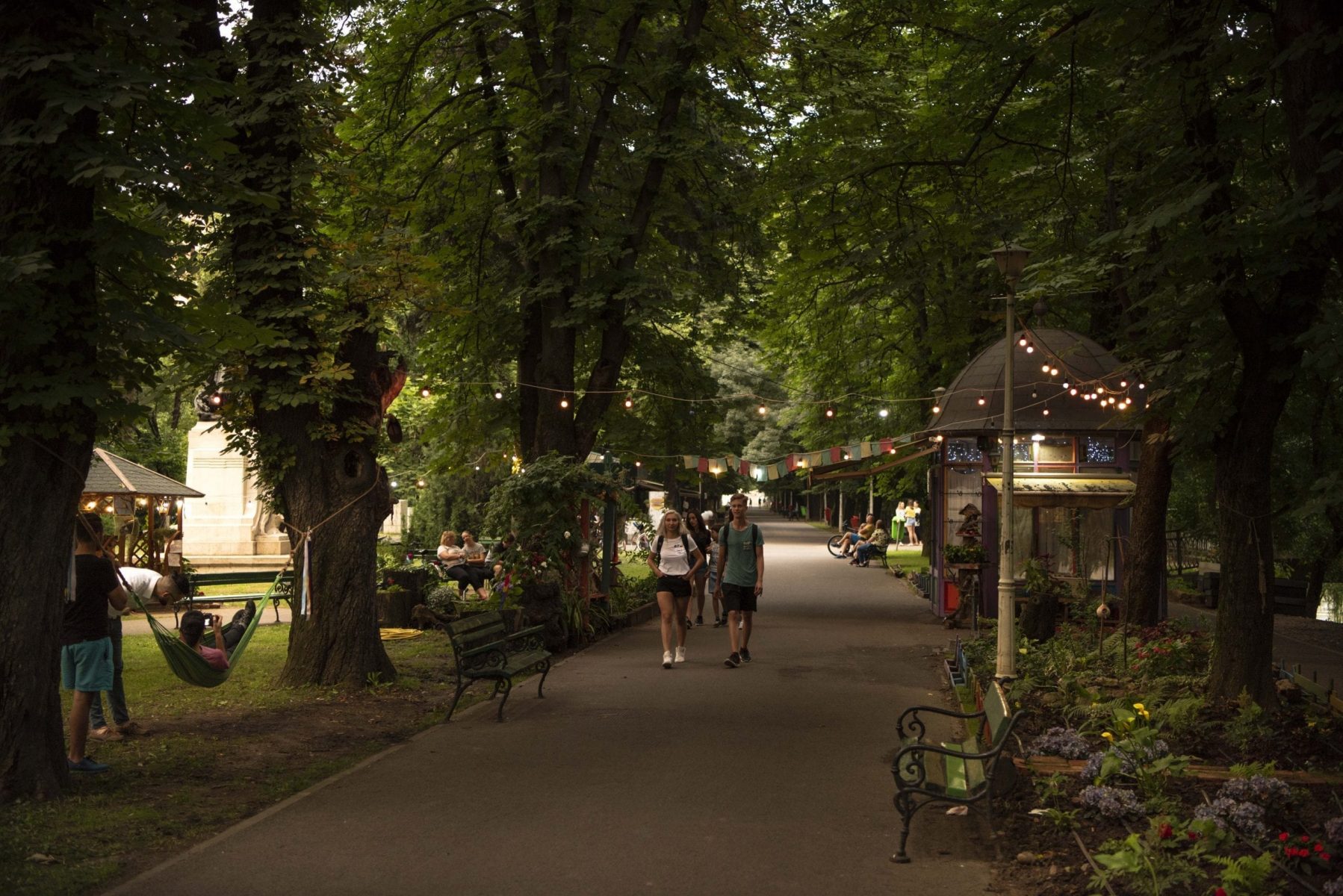
Oradea is a unique view which one experiences in any of the city’s green corners. The walks through the century-old park are unforgettable. The Crișul Repede river crosses the city from one end to the other, offering a panorama and promenade area of considerable length. Bike paths, built in recent years, closely follow the river on all its length. The over 1,560,000 square meters of green space will turn your promenade into a genuine oxygen treatment. The bike paths pass through the city in several directions and lead up to Hungary, in the city of Berettyóújfalu, at an over 30 km distance. For the entire warm season, cyclists enthusiastically cross through the city to reach their favorite points or for the simple pleasure of pedaling. Those with a passion for adventure head to the green forests around Oradea to climb the tracks with an international appreciation from the aficionados of this type of sport.
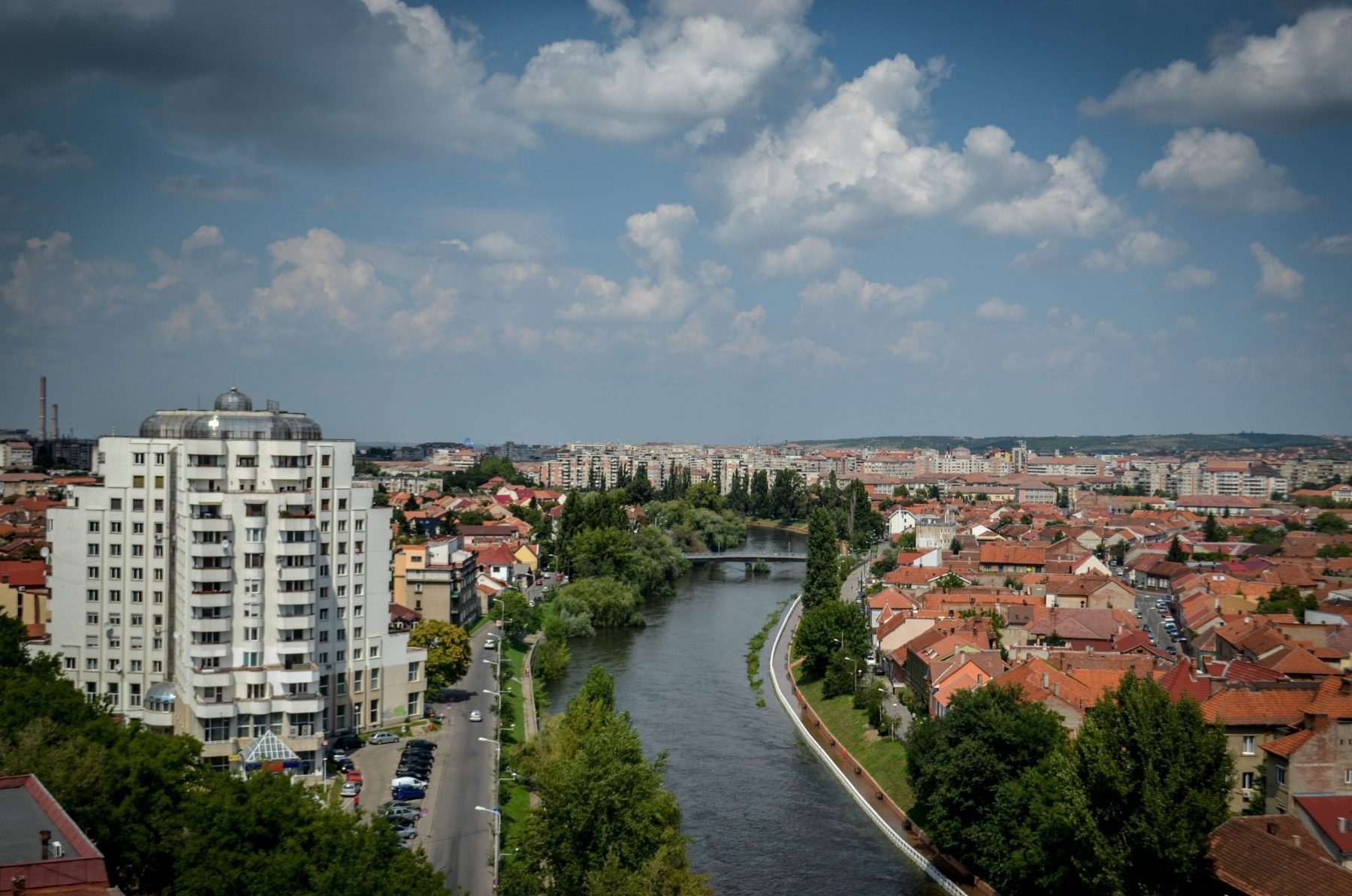
Comparing with the number of residents, Oradea can proudly claim 25 square meters of green space for every individual, a number which places the municipality on the Crișul Repede among the highest rated Romanian cities. It is one of the main reasons why Oradea has received the title of “Romania’s green capital” for 2011.
Touristic routes
On the oradea.travel website you can find an offer of four touristic routes – the Oradea Historical Center. These are: Through the Palaces to the Citadel, Oradea Secession, The Oradea of Churches and Oradea Memorabila.


